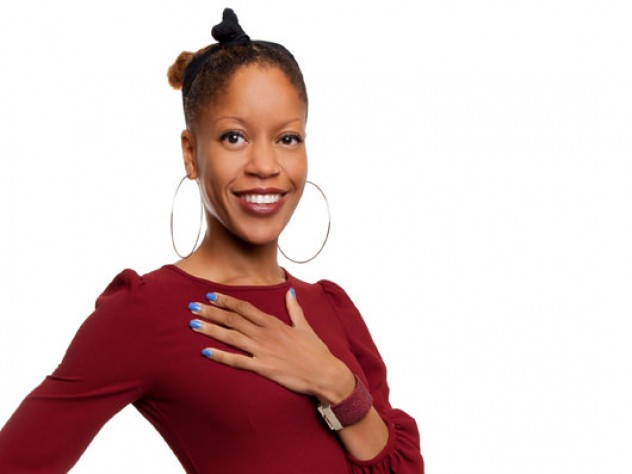What Is Critical Race Theory?Posted in Articles, Campus Life, Law, Media Archive, United States on 2016-03-27 16:31Z by Steven |
Harvard Magazine
2016-03-22

Khiara Bridges Photograph courtesy of Khiara Bridges
RACIAL-JUSTICE ACTIVISTS at Harvard Law School (HLS) won one of the largest public battles over the school’s legacy this month, when the administration agreed to abandon the existing HLS shield. The shield was modeled after the crest of the slaveholding Royall family, whose fortune endowed Harvard’s first law professorship; the shield’s removal was the first of a list of demands issued in December by student group Reclaim Harvard Law School. But HLS has not, so far, acted on the group’s larger, more controversial demands—among them, creating a program in critical race theory, a legal-studies movement with origins at Harvard in the 1970s.
On Monday night, Reclaim HLS hosted a critical race theory teach-in by Khiara Bridges, an associate law professor at Boston University, modeled on how she teaches first-year criminal law. “We’re not pretending that we’re disconnected from the real world,” Bridges said as she opened her presentation, alluding to one of the motivating goals of critical race theory: to link activism with academics. The event took place in the student lounge of Wasserstein Hall, which members of Reclaim HLS have occupied for the last month to create opportunities for learning and discussion, and to bring visibility to their demands…
Read the entire article here.

